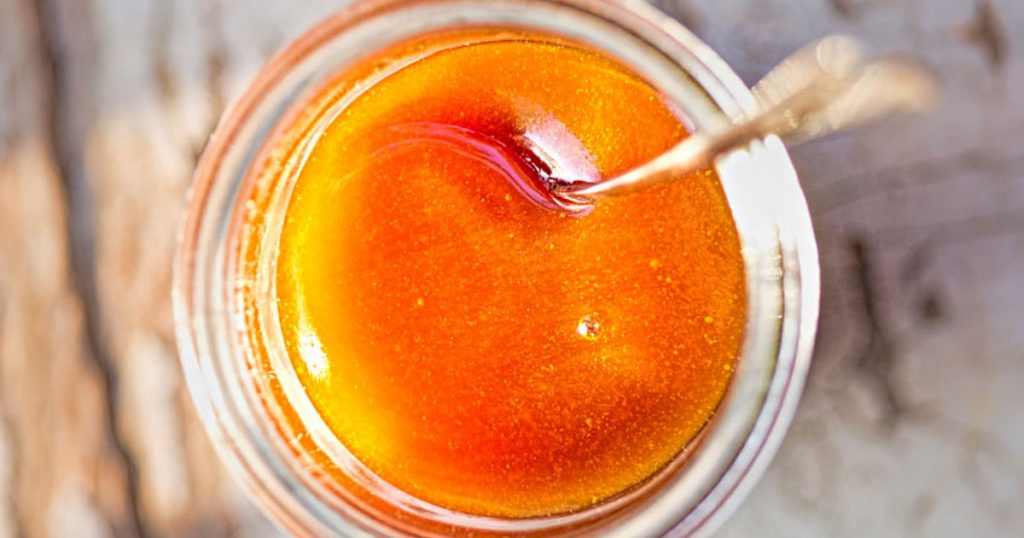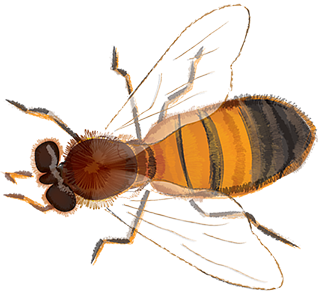Pilot study shows evidence of healing in atopic dermatitis
An open-label, pilot study has found that the topical application of manuka honey may be effective in treating atopic dermatitis lesions.
Abdullah A. Alangari M.D., the study’s lead author and an allergist at King Saud University in Saudi Arabia, says he was prompted to investigate the impact of honey after receiving anecdotal reports from patients saying they benefited from using honey to treat atopic dermatitis lesions. The study appears in a recent issue of Immunity, Inflammation and Disease.
Honey is well-recognized for its medicinal qualities and is currently being employed in wound care and as a burn treatment. Other studies have shown that it can provide antibiotic resistance to specific strains of bacteria. It’s health properties are continually under study throughout the world.
In this study, investigators recruited 16 individuals (8 female, mean age 33), but two withdrew due to worsening symptoms. “We asked patients with bilateral atopic dermatitis lesions to place honey topically on one site overnight and leave the contralateral site untreated. We noted that on average the lesions treated with honey improved more than lesions that were untreated,” he said.
A three-item severity score was significantly lower after one week of treatment as compared to baseline with a mean difference of -2 points (P< 0.001). There were no significant differences in the score between control lesions pre-treatment and post-treatment (p=0.15). Topical honey was well-tolerated. None of 14 participants after one week of topical manuka honey use reported any adverse events.
Staphylococcus aureus colonizes the skin of the vast majority of patients with atopic dermatitis. Investigators cultured Staph aureus pre-treatment and after seven days of treatment, but found no difference in skin staphylococci regardless of treatment.
Investigators also examined the secretion of CCL26 (eotaxin 3) by keratinocytes, which is up regulated by IL-4 and has a critical role in the pathogenesis of atopic dermatitis and other conditions, such as asthma, where eosinophils contribute to a large degree. They found that honey could significantly down regulate IL4-induced CCL26 secretion in a dose-dependent way (P< 0.001). They also found that treatment with manuka honey significantly inhibited mast cell degranulation by evaluating histamine release.
“More studies need to be done to further understand the mechanism of action of honey in atopic dermatitis,” Dr. Alangari said.
Source:
http://dermatologytimes.modernmedicine.com/dermatology-times/news/manuka-honey-tested-ad-treatment







